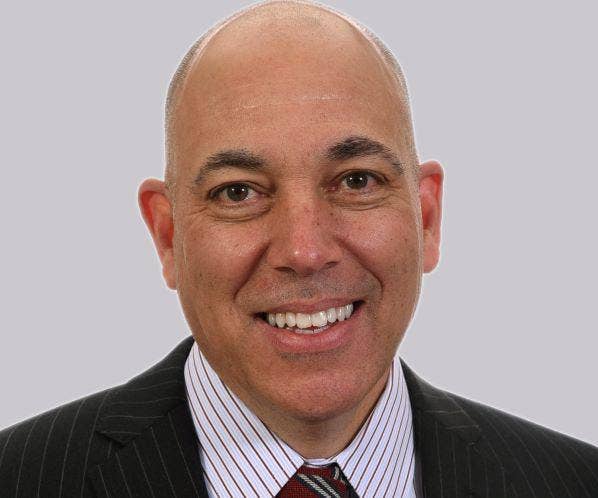Xerox CEO: Hybrid Workforce Is Benefitting Services, Print Sales
‘Demand for our print equipment and related services remains resilient, as evidenced by another quarter of constant currency growth in both equipment and post-sale revenue,’ says Xerox CEO Steve Bandrowczak. ‘This quarter, we also observed a pickup in office-related print activity. As a result, we continue to expect a stable revenue and demand outlook for the year.’

Steve Bandrowczak
Xerox is seeing an uptick in its print and services delivery business as many companies switch to, or continue, a hybrid workforce environment.
“Demand for our print equipment and related services remains resilient, as evidenced by another quarter of constant currency growth in both equipment and post-sale revenue,” said Steve Bandrowczak, Xerox CEO, during the Norwalk, Conn.-based company’s FY23 first quarter earnings call Tuesday. “This quarter, we also observed a pickup in office-related print activity. As a result, we continue to expect a stable revenue and demand outlook for the year.”
Some of the previous challenges the company faced, such as supply constraints and elevated logistics costs, have decreased.
Though, Bandrowczak said there are “isolated pockets” of softer installation activity which is typically a result of delays in project deployments rather than order reduction.
[Related: 25 Tech Companies On Their Return-To-Office Plans]
“This softness, however, is being offset by continued strength in our office print business particularly for state and local government, education and mid-market accounts as well as strength in our print and digital service offerings,” he said. “We believe current secular and macro business challenges such as hybridization of the workplace, higher inflation, labor shortages and liquidity constraints played to our service offering strength, particularly those that utilize AI, machine learning, augmented reality and other leading technologies to help optimize our client workflows and improve workplace productivity.”
The company is also looking at headwinds clients may face, such as inflation, labor shortages and a shift to a hybrid workforce, as an opportunity to further services such as robotics-as-a-service and artificial intelligence to help their operational needs.
“We’re taking things that we’ve already implemented internally to help ourselves like robotics-as-a-service, artificial intelligence and around document, document flow and taking those and bringing them both to the enterprise customers, which we’ve been doing with things like Digital Mail, helping with things like accounts payables and workflow, now bringing into our mid-market customers,” Bandrowczak said.
For the first quarter, Xerox reported revenue of $1.72 billion, up 2.8 percent year-over-year, GAAP earnings per share of $0.43, up $0.81 year-over-year, operating cash flow of $78 million, up $12 million year-over-year, free cash flow of $70 million, up $20 million year-over-year and repaid $450 million of debt during the first quarter.
On Tuesday, Xerox stock rose nearly 14 percent to $15.48 per share.
One analyst on the call asked if Xerox leadership has seen any deterioriation in enterprise spending in general.
Xavier Heiss, Xerox EVP and CFO, said the company focuses on its contractual revenue base which is contracted up to five years and represents two-thirds of the company’s revenue. “So we are less subject to the bumps on the high-end loads that some of our traditional hardware competitors are facing,” he said.
“We still see a strong demand, the demand for equipment [and] the demand for service,” Heiss said during the call. “We have been able to enact, during the prior year at a difficult time, price increases. The price increases that we apply, not only on the equipment revenue on the hardware, but also on the contracted revenue will be now with us for three, four, five years depending on the customer contract.”
Bandrowczak said macro trends over the last 24 months in the hybrid workforce drove a lot of placement of end devices in homes, “and that cycle, as we all know, is very cyclical.”
“We’re now seeing that refresh cycle has ended, and now you’ll see the low like we normally see in most laptops and most of those technology life cycles,” he said. “Now what we’re seeing is an opportunity to expand on the base that we have with products and services in and around how do we help clients success in productivity in and around things like digital services [and] software. For us, it’s an expansion on the base that we have, and we have an opportunity to bring new products and services into existing client base.”